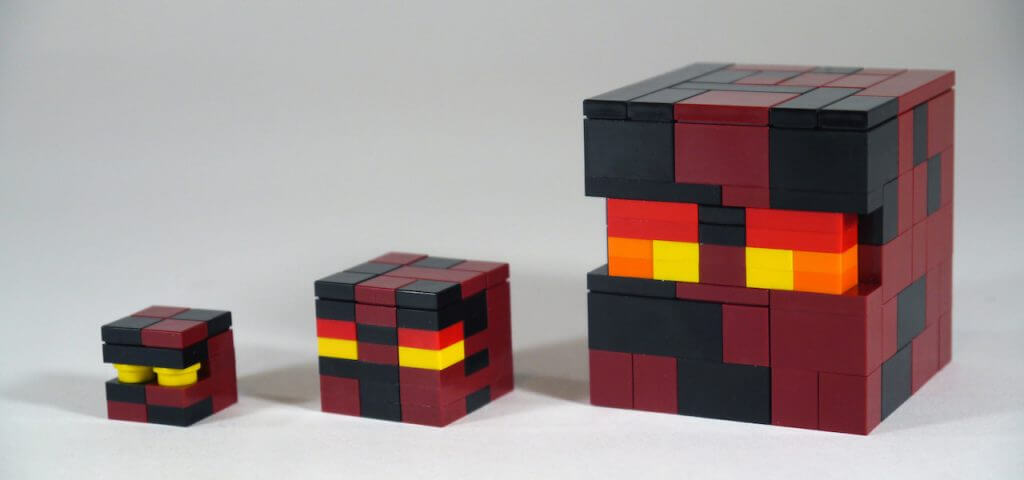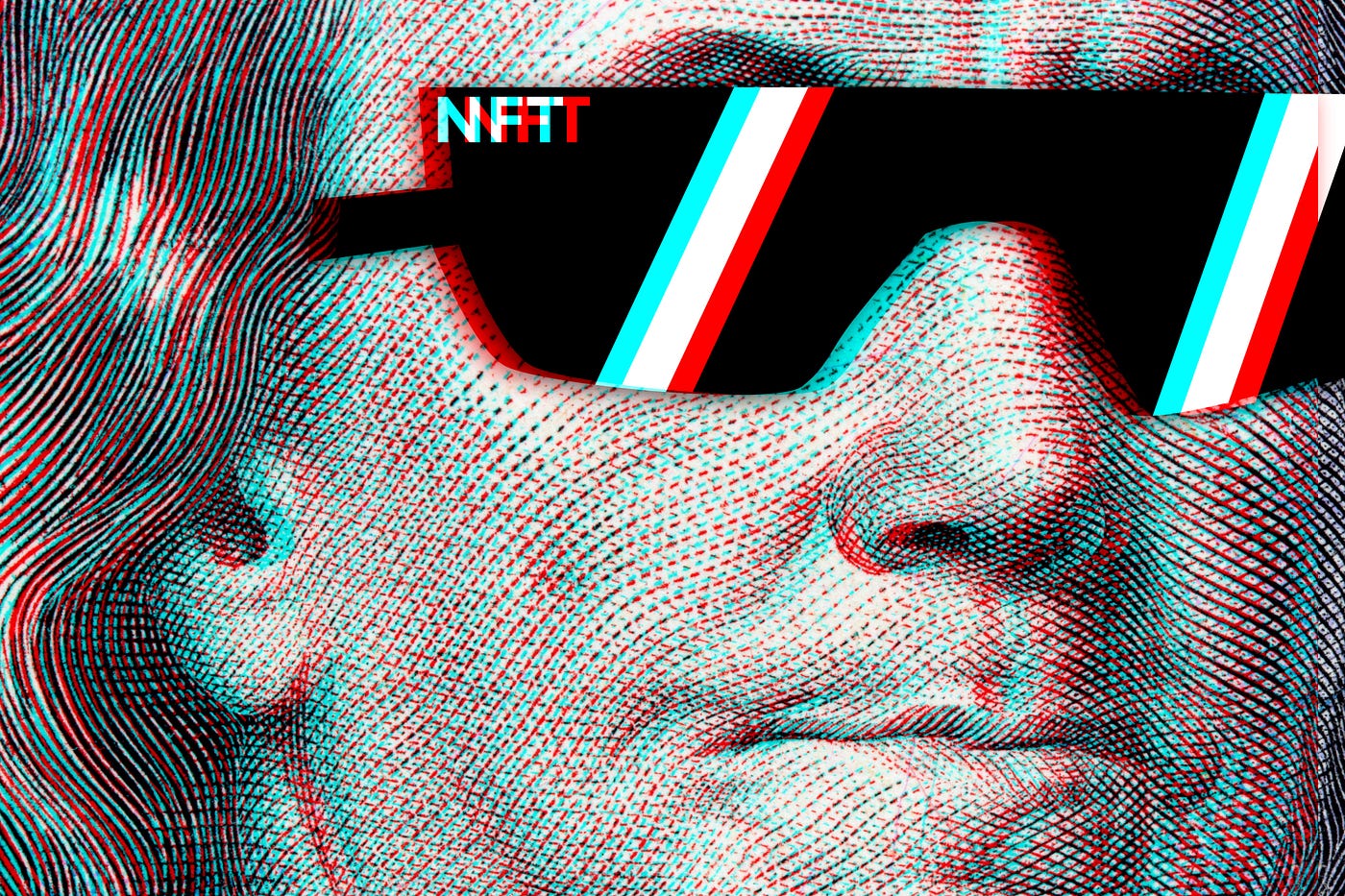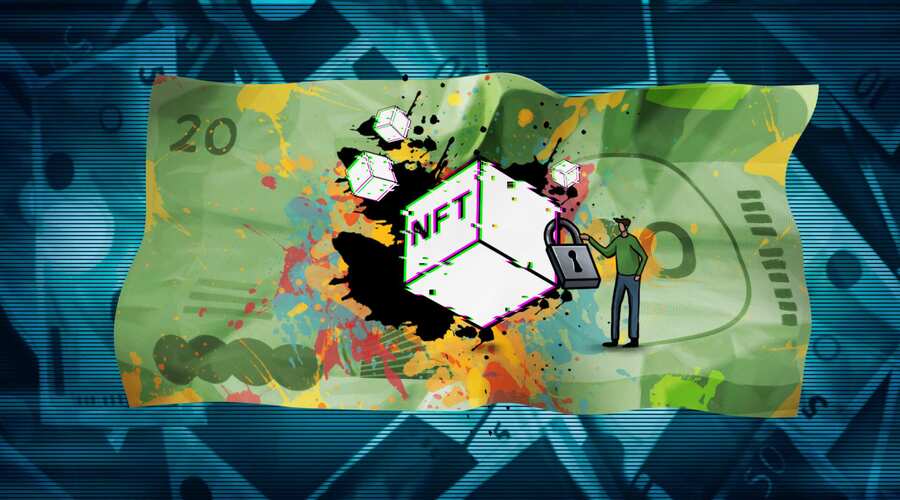Introduction
The world of blockchain technology has revolutionized the way we think about ownership, transactions, and digital assets. One of the most fascinating aspects of this technology is the concept of Non-Fungible Tokens (NFTs). NFTs have gained significant popularity in recent years due to their ability to represent unique digital items and provide proof of ownership on the blockchain. In this article, we will delve into the concept of composability and its relationship to NFT interoperability, exploring how these concepts contribute to the growth and evolution of the blockchain ecosystem.
Understanding Composability

Composability refers to the ability of individual components or elements to be combined or connected in various ways to create more complex systems. In the blockchain context, composability allows different smart contracts and protocols to interact with each other, enabling the creation of new decentralized applications (DApps) and services.
Benefits of Composability:
- Composability allows developers to leverage existing protocols and components, reducing development time and costs.
- It fosters collaboration and innovation by enabling the integration of different applications and services.
- Composability promotes modularity, making it easier to upgrade and evolve blockchain systems without disrupting the entire network.
NFT Interoperability
NFT interoperability refers to the ability of non-fungible tokens to be seamlessly transferred, utilized, and combined across different blockchain networks and platforms. It is crucial for creating a vibrant and interconnected NFT market. Interoperability enables NFTs to reach a broader audience and increases liquidity by facilitating cross-platform transactions. It also fosters collaboration among artists, developers, and collectors, driving innovation and expanding the use cases of NFTs.
Standardization efforts are underway to establish consistent rules and frameworks for NFT interoperability. The most notable standard is the ERC-721, which defines a set of rules for creating and managing NFTs on the Ethereum blockchain. Other blockchain platforms, such as Binance Smart Chain and Flow, are also developing their interoperability standards.
The Relationship Between Composability and NFT Interoperability
Composability and NFT interoperability share a close relationship, as they complement each other in the blockchain ecosystem.
Enabling Seamless Integration:
- Composability allows different NFT platforms and applications to integrate with each other, creating a seamless user experience.
- NFT interoperability ensures that NFTs from different platforms can interact and function together, expanding the possibilities for creators and collectors.
Expanding Use Cases:
- Composability opens up new avenues for combining NFTs with other decentralized finance (DeFi) protocols and services, enabling novel financial instruments and unique digital experiences.
- NFT interoperability allows NFTs to be used across multiple platforms and applications, unlocking diverse use cases and increasing their utility.
Facilitating Cross-Platform Transactions:
- Composability enables the seamless transfer of NFTs between different platforms, making it easier for collectors to buy, sell, and trade NFTs across various ecosystems.
- NFT interoperability ensures that the ownership and provenance of NFTs are preserved during cross-platform transactions, maintaining trust and transparency in the ecosystem.
Challenges and Solutions
While the concept of composability and NFT interoperability holds great promise, there are challenges that need to be addressed:
Scalability and Performance:
- As the number of NFTs and transactions increase, scalability becomes a concern. Blockchain networks need to scale to handle the growing demand without compromising performance.
- Layer 2 solutions and advancements in blockchain technology, such as sharding and sidechains, are being explored to enhance scalability and improve the overall performance of NFT ecosystems.
Cross-Chain Interoperability:
- Achieving interoperability between different blockchain networks poses technical challenges. Developing standardized protocols and bridges that enable seamless communication and transfer of NFTs across chains is crucial.
- Initiatives like cross-chain bridges and interoperability protocols, such as Polkadot and Cosmos, aim to address these challenges and create a connected blockchain ecosystem.
Smart Contract Standards:
- Ensuring compatibility and uniformity in smart contracts across different platforms is essential for smooth NFT interoperability.
- Continued development and adoption of interoperability standards, such as ERC-721 and other platform-specific standards, will contribute to a more interconnected NFT landscape.
Future Implications and Opportunities
The concept of composability and NFT interoperability hold significant implications for the future of blockchain technology and digital asset ownership. Here are some potential areas of development and opportunities:
Innovations in Composability:
- Developers and entrepreneurs can explore novel ways to combine NFTs with other blockchain components, creating innovative DApps and services.
- Composability opens the door for cross-functional collaborations and interdisciplinary projects, fueling further innovation in the blockchain space.
Emerging Use Cases:
- The combination of composability and NFT interoperability unlocks new use cases, such as fractional ownership, decentralized virtual worlds, and gamification of digital assets.
- NFTs can be utilized in industries beyond art and collectibles, including real estate, supply chain management, and intellectual property rights.
Interoperability Beyond NFTs:
- The principles of composability and interoperability extend beyond NFTs and can be applied to other digital assets and blockchain applications.
- The development of cross-asset interoperability standards and protocols will enable seamless interaction between different types of digital assets.
NFT Standardization
Standardization plays a crucial role in ensuring interoperability and widespread adoption of NFTs. As the NFT ecosystem continues to grow, the need for consistent standards becomes more apparent. Efforts are underway to establish common protocols and guidelines for NFT creation, metadata, and ownership. These standards define the structure and attributes of NFTs, making it easier for developers, platforms, and users to interact with and understand NFTs across different networks. The goal is to create a cohesive framework that allows NFTs to be seamlessly recognized, traded, and utilized across various platforms and applications. Standardization efforts not only promote interoperability but also enhance transparency, trust, and ease of use for NFT enthusiasts, collectors, and creators.
NFT Discoverability and Curation
With the proliferation of NFTs, discoverability and curation have become critical challenges. As the number of NFTs grows exponentially, it becomes increasingly difficult for collectors, investors, and users to find high-quality and relevant digital assets. NFT marketplaces and platforms are working on implementing robust search and discovery mechanisms to address this issue. They are incorporating advanced algorithms, metadata filters, and curated collections to help users navigate through the vast NFT landscape. Additionally, community-driven curation initiatives are emerging, where experts and influencers curate and showcase notable NFTs based on artistic quality, uniqueness, and cultural significance. The goal is to enhance the browsing and discovery experience for NFT enthusiasts while promoting deserving artists and creators.
NFT Identity and Authentication
Identity and authentication are essential considerations in the NFT ecosystem. Establishing the authenticity and provenance of NFTs is crucial for collectors and investors. Blockchain technology provides a transparent and immutable record of ownership, but verifying the authenticity of the underlying assets represented by NFTs can be challenging. Authentication mechanisms, such as digital signatures and certificates, can be employed to validate the origin and legitimacy of NFTs. Additionally, advancements in blockchain-based identity systems, like decentralized identifiers (DIDs), offer potential solutions for verifying the identity of NFT creators and owners. By enhancing identity and authentication mechanisms, the NFT ecosystem can build trust and confidence among participants, ensuring the integrity and value of digital assets.
NFT Governance and Sustainability
As NFTs gain prominence, the need for governance and sustainability in the ecosystem becomes apparent. Governance mechanisms help address issues related to intellectual property rights, licensing, royalties, and dispute resolution. They enable creators, collectors, and platforms to establish rules and standards that govern the creation, sale, and usage of NFTs. Sustainability is also a growing concern, given the environmental impact of blockchain networks. Efforts are being made to explore more energy-efficient consensus mechanisms and environmentally friendly NFT platforms. Additionally, initiatives are emerging to promote carbon offsetting and the use of renewable energy in NFT operations. By focusing on governance and sustainability, the NFT ecosystem can ensure long-term viability and responsible growth while addressing social, environmental, and ethical considerations.
NFT Fractionalization: Unlocking New Possibilities for Ownership
NFT Fractionalization Explained: NFT fractionalization is an innovative concept that allows for the division of ownership in an NFT into smaller, tradable fractions. By fractionalizing an NFT, multiple investors can own a percentage of the asset, enabling broader participation and access to high-value digital assets. Each fraction represents a share of the NFT’s value and can be bought, sold, or traded independently. Fractionalization platforms and protocols facilitate the process, providing a mechanism for investors to pool their resources and collectively own rare or valuable NFTs.
Benefits of NFT Fractionalization:
- Increased Accessibility: Fractionalization breaks down the barrier of high entry costs associated with acquiring expensive NFTs. It allows smaller investors to gain exposure to coveted digital assets that would otherwise be financially out of reach.
- Liquidity and Flexibility: Fractionalized NFTs provide a liquid market for investors, as fractions can be freely bought and sold. Investors have the flexibility to sell their fractions partially or entirely, offering increased liquidity and potential returns on investment.
- Diversification: Fractionalization allows investors to diversify their NFT portfolios by owning fractions of multiple assets. This diversification strategy helps mitigate risk and increases exposure to a variety of NFTs with different characteristics and potential for growth.
Fractionalization Platforms and Governance:
Fractionalization platforms serve as intermediaries in the process, handling the legal, technical, and governance aspects of fractionalized NFTs. These platforms facilitate the issuance, trading, and management of NFT fractions, ensuring proper ownership rights and transparent governance for investors. Governance mechanisms, such as voting rights and decision-making structures, may be implemented to involve fractional owners in asset management and decision-making processes.
Conclusion
Composability and NFT interoperability are integral to the growth and evolution of the blockchain ecosystem. They empower developers, creators, and users to unlock the full potential of digital assets and drive innovation across various industries. As the technology advances and standards mature, we can expect a more interconnected and vibrant NFT market, opening up endless possibilities for creators, collectors, and enthusiasts.




